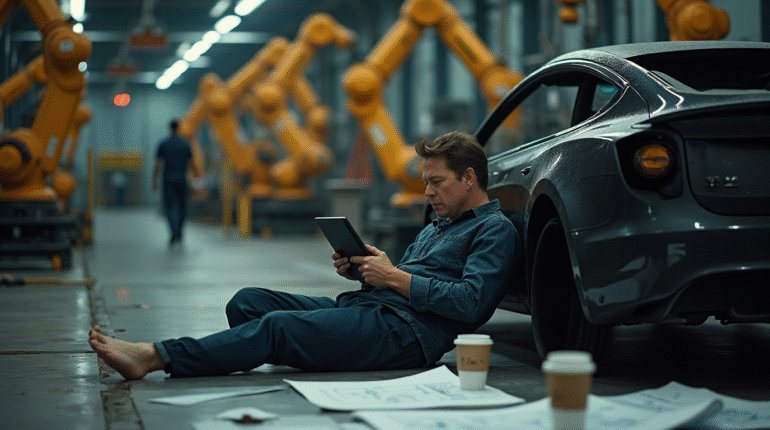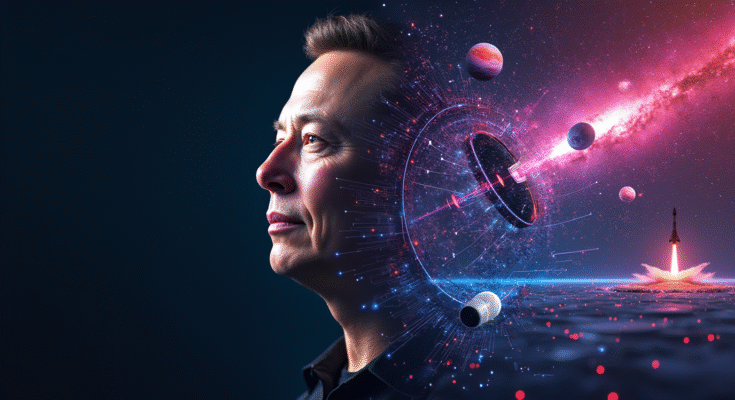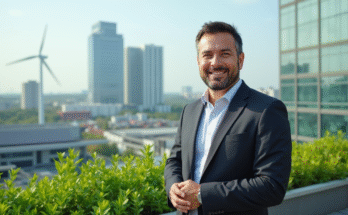Elon Musk’s phenomenal success does not come by luck; rather, it is the result of a philosophy he has carefully honed, taking risks and learning from failures, pursuing audacious goals with a relentless drive. This blueprint has enabled him to transition from being a struggling entrepreneur to the richest person in the world, transforming multiple industries along the way.
Risks taken: An early lesson

Musk’s taste for adventure showed early. At just 17, he left South Africa for Canada with little more than a backpack, taking on various jobs before enrolling at the University of Pennsylvania. His first big risk was in 1995 when he left a Stanford PhD program after just two days to start Zip2, an early internet mapping service. This worked out since Compaq bought the business for $307 million in 1999,
PayPal Crucible: Using Failure as Fuel
The creation of X.com (which later became PayPal) would prove what Musk was willing to dare. With the dot-com collapse, the company was almost destroyed after he had been ousted from his position as CEO in a merger. Yet this failure turned foundational – the $180mn payout from eBay’s acquisition helped finance both SpaceX and Tesla. “Failure is an option here,” goes Musk’s famous line at SpaceX. “If things are not failing, you’re not innovating enough.”
Betting It All The 2008 Make-or-Break Moment
The ultimate test for Musk came in 2008 when Tesla and SpaceX were both on the brink of bankruptcy. He invested his last $40 million in Tesla, all while contending with three consecutive launch failures for SpaceX.

They would be just as broke at four, yet by some miracle, the fourth rocket launch worked; within weeks came that $1.6 billion NASA contract, which saved both companies. It showed this white-knuckled period of his willingness to risk everything he had on his visions.
Relentless Execution: The 80-Hour Work Week Standard
Behind Musk’s improbable-sounding bets lies an almost superhuman work ethic. ‘Production hell’ at Tesla in 2018 had him sleep on the factory floor most famously, working 120-hour weeks to break through manufacturing bottlenecks. This all-in, hands-on approach cascades through his companies – SpaceX engineers remember personally reviewing rocket designs line-by-line, at 3 AM, by Musk.
The Psychology behind Musk’s Ambition
Psychologists relate Musk’s ambition to the following:
- A “survivor mentality” instilled by the bullying he experienced in South Africa
- First principles thinking: questioning and ignoring all conventional wisdom
- Long-termism that prioritizes civilization-scale impact over short-term gains
Controversies and Costs of Ambition
Musk’s approach has elicited criticism, from SEC suits over Tesla tweets to charges of unattainable production timelines. Ex-employees of the company have described a “work cult,” and analysts debate whether his multitasking across six companies dilutes effectiveness; but even critics concede his achievements in jumpstarting the EV revolution and privatizing spaceflight.
Blueprint for the Future Mars, AI and Beyond

Running his formula with Neuralink’s brain chips and The Boring Company’s tunnels now, Musk keeps showing the huge reward that can be world-changing when high risk and relentless effort are involved. As he said to SpaceX employees: “The way to the stars goes through the valley of failure. We’re just going to iterate forward.”



